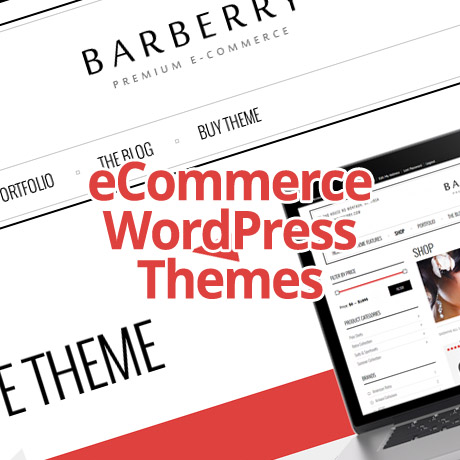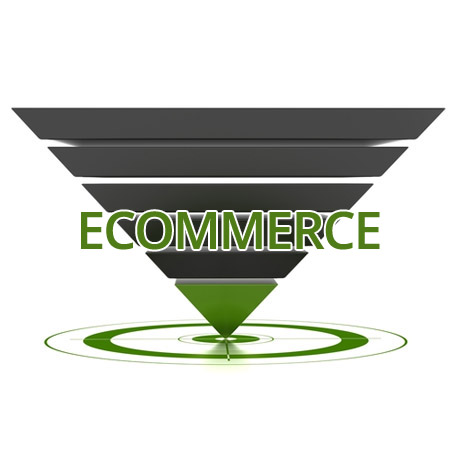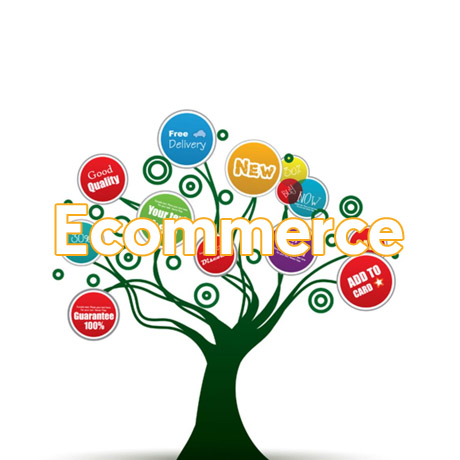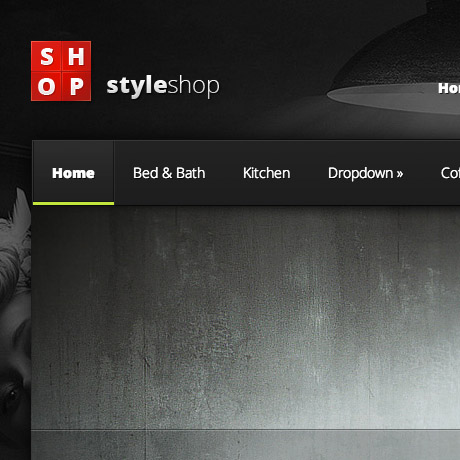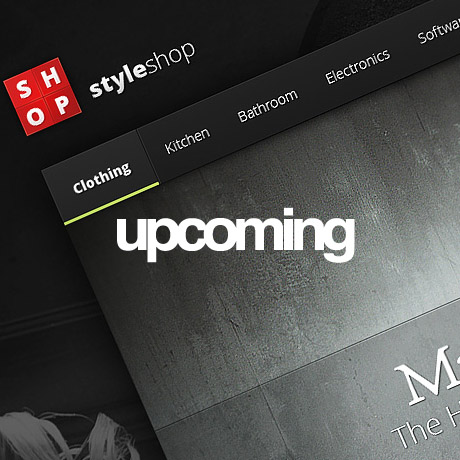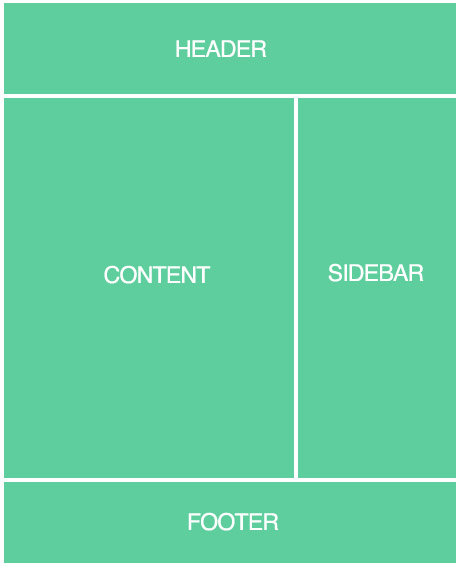WordPress eCommerce Opportunities for WordPress Professionals for 2014

The Internet has significantly changed and reshaped the workforce profile in the last few years. It has opened up opportunities for work outside of the traditional 9 to 5 setup and the lure of “work from home” or “work anywhere” is irresistible. Because of this, more and more people are opting to liberate themselves from the office cubicle and pursue non traditional work opportunities because of the flexible work hours and the income potential it presents – most of which can be found online.
The global economic landscape is flat in the sense that anyone in the world, regardless of location or educational attainment, can become the next big business online. The challenge for most businesses is how to take their bricks and mortar mentality into the world of bricks and clicks.These people need experts who can help them build their dream business – online. For WordPress professionals, the opportunities to service this sector cannot be ignored.
According to comScore,
The comScore report found that retail e-commerce sales produced over $50 billion dollars last quarter. The study found that e-commerce sales have seen double-digit growth for 10 consecutive quarters. While growth this quarter was strong, comScore found that it was slightly down from the previous two quarters.
“The first quarter of 2013 was fairly strong for online retailers, with total e-commerce sales surpassing $50 billion for only the second time on record,” said comScore Chairman Gian Fulgoni.
“While the year-over-year growth rate of 13 percent remained healthy, it was a point or two below that of the preceding quarters.”According to the report, sales growth was down one percentage point on a quarter-over-quarter basis. E-commerce sales growth was also reported to be down two percentage points since Q3 2012. Fulgoni surmised that the slowdown was caused by payroll tax increases, which took effect in 2013.
ComScore’s report found that digital content and subscriptions, apparel, sport/fitness, consumer electronics, and consumer-packaged goods saw the greatest amount of e-commerce sales growth this quarter. The report shows that all categories saw over 20 percent growth year-over-year.
Here are a few key strategies WordPress professionals can use on how to take advantage of the booming WordPress eCommerce business opportunities:
Think Local, Sell Global. – think of businesses and services in your local area that have the potential to go global
- local retail stores in your community that can sell globally – eg. books, accessories, jewelry, hobby stores, food, specialty shops
- personal and professional services – consultants, freelancers, financial advisers, coaching services, tutorials, accountants, DIY-ers
- NGOs, events, charitable institutions, fundraisers, non profit organizations
- niche businesses – realtors, travel agents, auto dealers
- small to medium scale businesses
Master the eCommerce process and understand how each step functions. WordPress professionals need to be well-versed on how the standard eCommerce process works:
- shopping cart – should be simple enough for the customer (eg. WooCommerce, easy digital downloads, gravity forms, etc.)
- payment gateway
- merchant account
- merchant’s bank account
Study your client’s needs and specifications and how you can integrate, merge, or streamline their current business practices and processes to their website. Don’t be afraid to ask questions and provide suggestions on how to modify or improve how transactions are processed.
Price yourself right. – Building an eCommerce site is more than just choosing an eCommerce supported WordPress theme, adding a plugin, and hitting the publish button. Consider the scope and the size of the whole project, the after installation support, and any additional web admin and system maintenance support you might be asked to provide before giving a price quote.
One of the highlights of the comScore Q1 2013 report says that,
E-commerce accounted for 10.6 percent of discretionary dollars spent, the highest share on record.
There is no turning back to business as usual. eCommerce is here to stay and it’s momentum is on the rise and WordPress professionals have every opportunity to take advantage of it.


